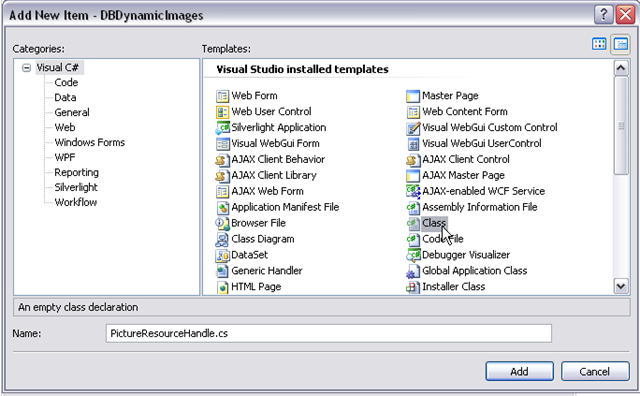

This code snippet specifies the properties for a MenuStrip of the background color, foreground color, text, names and fonts. In the next step, we can set MenuStrip control characteristics. The first step to creating a MenuStrip dynamic is to create a MenuStrip class instance. We go to the event window and double-click On Click to add an event handler.Ĭreating a runtime MenuStrip control is simply a task of creating a MenuStrip class instance, setting its feats and adding MenuStrip to the Form form.

We can add Drop Down Items ( Sub menu) same as menu item after click on DropDownItem property Collection option.Ī menu item is mainly designed to add a click on the event handler and write code to run the event handler in the menu item.įile > New File sub menu item click event handler, Maybe we want a new file to create. The MenuStrip item will be adding every line to this collection. By pressing F4 or right-clicking on a control, we can open the Properties window and select the Properties items and click "Collection".Ĭlicking on the Collections will pop up the Items Collection Editor window, where the strings can be type. Properties window is the easiest method to set properties. By clicking on these properties, the Color Dialog will appear in the Properties window. The background and foreground color of a MenuStrip is used in BackColor and ForeColor. MainMenu.Font = new Font("Segoe UI", 10) If we click the Font property, we will see the N ame, S ize and other Font options in Properties Window. It is DockStyle, with Top, Bottom, Left, Right, and Fill values.įont Property is the MenuStrip controller text font. It is used for accessing the code control.ĭock property is used to set the MenuStrip position. such as:Ī unique name of the MenuStrip control is the name of the property. The next step is to set properties, after placing a MenuStrip control on a form.

Once the form has a MenuStrip we can add menu items and set their properties and events. When a MenuStrip is dragged to a Form, the MenuStrip1 is added to the Form. We simply drag and drop the MenuStrip control from Toolbox to a Visual Studio for creating a MenuStrip control in design time. We can use the Form Designer in design time to create a MenuStrip control or dynamically or in running code using the MenuStrip class.
#VISUAL WEBGUI MENUSTRIP DISPLAY ARROW WINDOWS#
The MenuStrip class is the basis for Windows Form menu functionality. MenuStrip is a menu bar to the program Windows Forms. With this MenuStrip control, we can add a menu area and then add the default menus or create personalized menus directly in Visual Stdio.


 0 kommentar(er)
0 kommentar(er)
